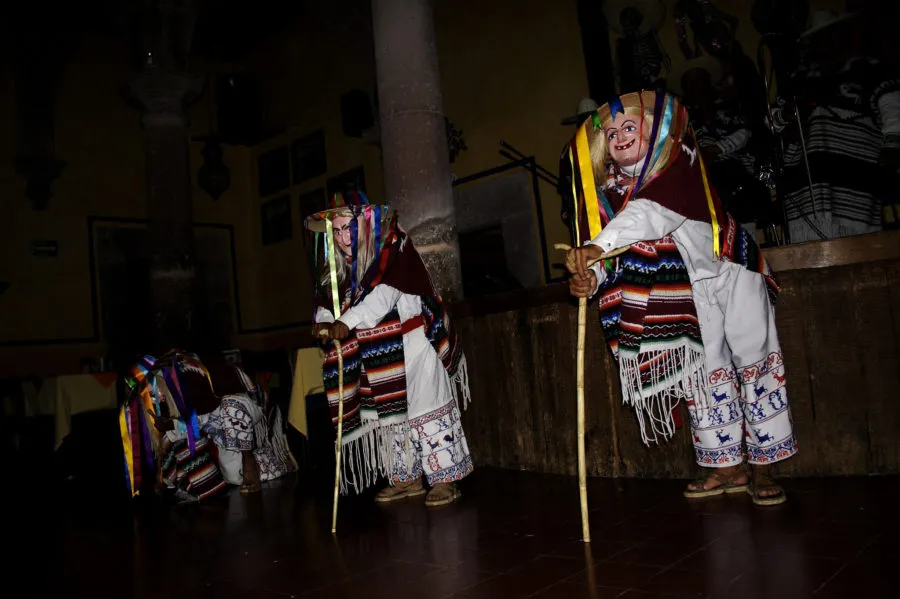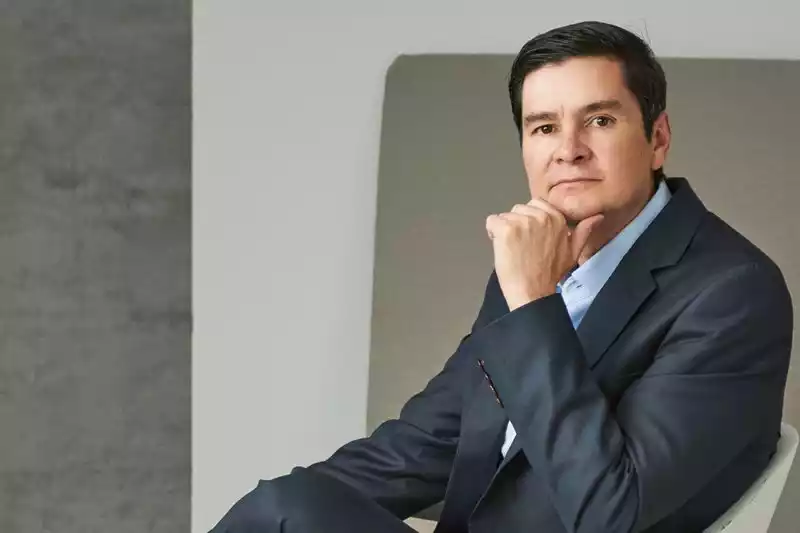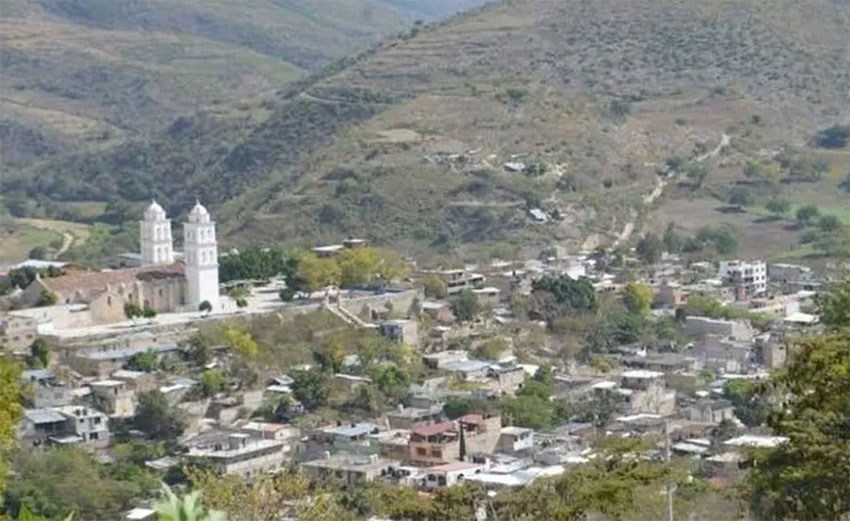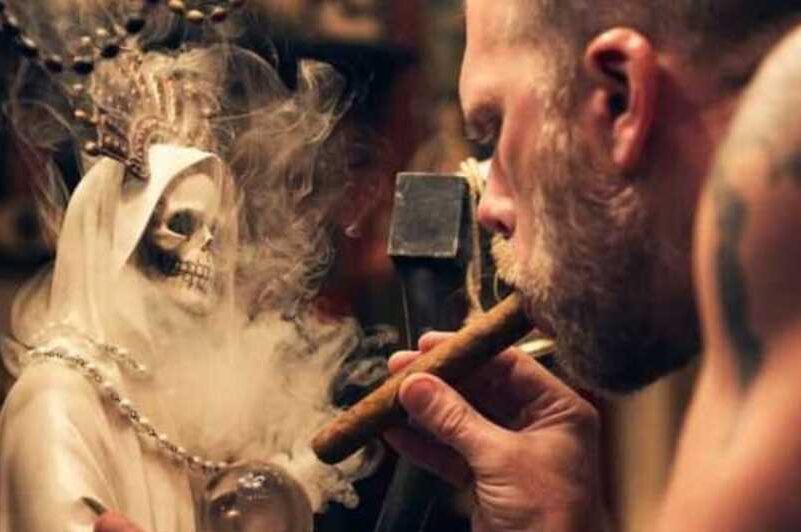Exploring the Rich Tradition of Mexican Dances: A Cultural Journey

Mexican folk or popular dances are an integral part of the cultural fabric deeply rooted in the citizens of this beautiful nation, enriched with rhythms and adorned with dances that bring color to any celebration.
Mexican dances are an essential part of the country’s cultural identity and are deeply tied to its history and traditions.
These dances are typically passed down from generation to generation within a culture or community and often hold cultural or historical significance.
Each dance that forms part of Mexican folk dances has its own history, cultural meaning, and unique steps, which are vital to the rich dance culture of Mexico.

History of Mexican Dances
The history of Mexican folk dances is extensive, with roots that trace back to the indigenous past of the country.
Many of these dances originated in pre-Columbian times and were performed by indigenous communities to honor their gods, celebrate important events, and tell stories.
In the 16th century, the Spaniards brought their dance styles and cultural influences to Mexico, which, when combined with the indigenous and African traditions of Mexico, created a unique blend of dance styles that evolved over time.
Despite these changes, Mexican dances remain a vital part of the country’s culture and are an important way of passing on cultural traditions to younger generations.
It is undeniable that each region has its own distinction, often due to variations in dance, music, and even the way of life.
Thus, we can enjoy a range of Mexican dances, from the iconic jarabe tapatío or Mexican hat dance to the energetic cumbia.
These traditional dances are an integral part of Mexico’s cultural identity and are imbued with history and significance.
Read here: Exploring the Vibrant World of Mexican Folk Art

Notable Mexican Folk Dances
Mexico boasts a vast array of dances that are closely tied to the popular music that prevails in each region.
Mexican dances are a way of expressing joy, sorrow, pride in one’s roots, and remembering the origins of the people, among other symbols.
We cannot overlook that Mexican dances are a beautiful spectacle that has been witnessed by millions of tourists from all over the world.
The most important thing is that Mexicans feel proud of what is their own and original, and they express this in every celebration. Among the most popular Mexican dances are:
Jarabe Tapatío
The Mexican dance known as the jarabe tapatío, or the Mexican hat dance, is a lively and energetic dance typically performed by couples.
In the case of the jarabe tapatío, dancers wear traditional Mexican attire, including charro suits for men and brightly colored dresses for women, and engage in intricate footwork while twirling their hats.
This dance is often regarded as a symbol of Mexican national identity and is commonly performed at significant events, such as weddings and cultural festivals.
Various sources indicate that the jarabe tapatío emerged during the Mexican Revolution of 1910, while others suggest it originated during the Revolution of 1870.
However, both accounts agree that it arose as a symbol of national unity, incorporating traditional dances from various regions of the country.
According to another version of the dance’s origin, it was first performed at the Coliseo Theater in Mexico City in 1790, which would suggest its emergence predates both revolutions.
Son Jarocho
Another Mexican dance is the son jarocho, a folk dance that originates from the Mexican state of Veracruz and has its roots in Afro-Caribbean traditions.
It is usually danced to live music, including the jarana jarocha (a small guitar-like instrument) and the quijada (a percussion instrument made from a donkey’s jawbone).
The son jarocho is a lively and energetic dance that involves intricate footwork and interactions between partners.

La Bamba
La Bamba is a dance within the musical genre known as son jarocho and is recognized as a popular anthem of the state of Veracruz.
As a traditional dance, it falls within the category of couple dances; typically, it is danced by a man and a woman, though in some communities, two or more couples may dance together.
It is one of the most popular sones in the state of Veracruz and is almost always performed by a couple in love who, using a red band or sash placed on the floor, create a “knot” solely with the movement of their feet.
El Huapango
El Huapango is another popular folk dance originating from the Mexican state of Veracruz. It is usually performed to accompany live music, including the jarana huapanguera (a small guitar-like instrument) and the quijada.
If you want to learn more about Mexican folklore: Discover the Magic of Mexico’s Pueblos Mágicos
El Huapango is a fast-paced dance that involves intricate footwork and body movements, and it is often performed by couples.
La Polka Norteña or Mexicana
La Polka Norteña, or Mexican Polka, is a dance that spans from the northern part of the State of Mexico to Chihuahua on the northernmost border of the country.
It has become a clear expression of the joyful and festive spirit of Mexicans with its fast and catchy rhythms.
This traditional Mexican dance has its origins in Czechoslovakia and Poland, where it was a ballroom dance in the mid-19th century before being introduced to northern Mexico.
Accompanied by accordion, guitar, and other instruments, the polka is danced at a galloping rhythm in four beats. The men wear cowboy hats and boots, along with jeans; the women wear long, colorful dresses.
Flor de Piña
The Flor de Piña dance is a folkloric women’s dance that adds joy to the Lunes del Cerro festivities during the Guelaguetza.
This dance represents each of the seven municipalities located in the Papaloapan region: San Miguel Soyaltepec, San Juan Bautista Tuxtepec, San Felipe Usila, Valle Nacional, San Felipe Jalapa de Díaz, San Lucas Ojitlán, and San Pedro Ixcatlán; all of which share Mazatec and Chinantec cultures.
During the performance of “Flor de Piña,” the dancers hold pineapples in their arms and, at certain moments, bow with them.
Mexican Dances: Rituals and Ceremonies
There are other Mexican dances that have a more ceremonial and ritualistic significance; in this sense, they pay homage to specific beliefs. Among them are:
La Danza de los Viejitos
Its origin traces back to pre-Hispanic times, when the Purépecha culture made offerings to the Old God or Sun God (Tata Jurhiata) to ensure good harvests.
It was a dance performed by the wise elders, known as petámunis. Today, the dancers wear a jorongo made from coarse cloth, a hat, and a shirt and pants made of cotton, clothing introduced during the colonial period.
Young men wear masks with the face of an old man and use a rustic wooden cane with a carved deer on the top.
La Danza del Venado
La Danza del Venado is one of the most solemn Mexican dances and is one of the most important rituals for the Yaqui and Mayo communities that inhabit Sonora and Sinaloa.
With pre-Hispanic origins, this dance is a representation of the natural world, as its movements, sounds, and music, along with the paraphernalia and costumes, allude to the deer.
In the Danza del Venado, the protagonist is typically a young man who mimics the agile movements of the deer.

Danza de los Concheros
The Danza de los Concheros, also known as “Danza de la Tradición” or “Aztec Dance,” is often performed near some archaeological sites in Mexico, but it can also be found in the courtyards of churches or in important plazas.
The dancers wear crowns, feathers, breastplates, capes, skirts, long-sleeved white shirts or blouses, bracelets, optional bone necklaces, and huaraches (traditional sandals).
La Jarana Yucateca
This Mexican dance is the result of a combination of indigenous “sonecitos” with elements derived from popular music.
The instruments used by orchestras to perform jarana yucateca music include clarinets, two trumpets, two trombones, a güiro, and timbales.
In this dance, participants typically wear the Yucatecan hipil, the gala terno, white shoes, and the rebozo de Santa María.






